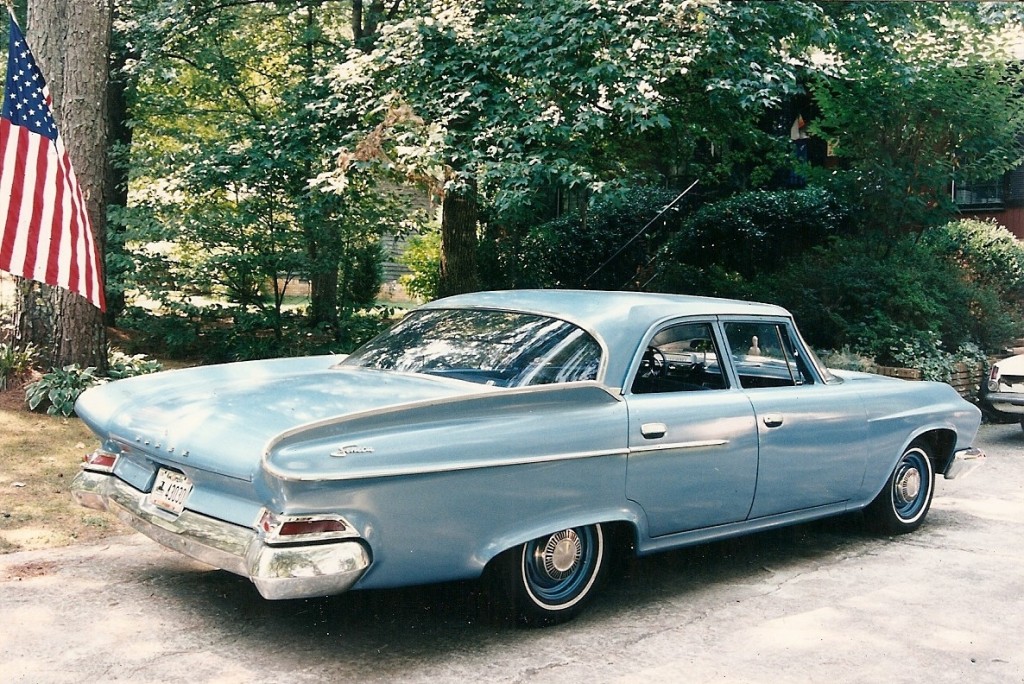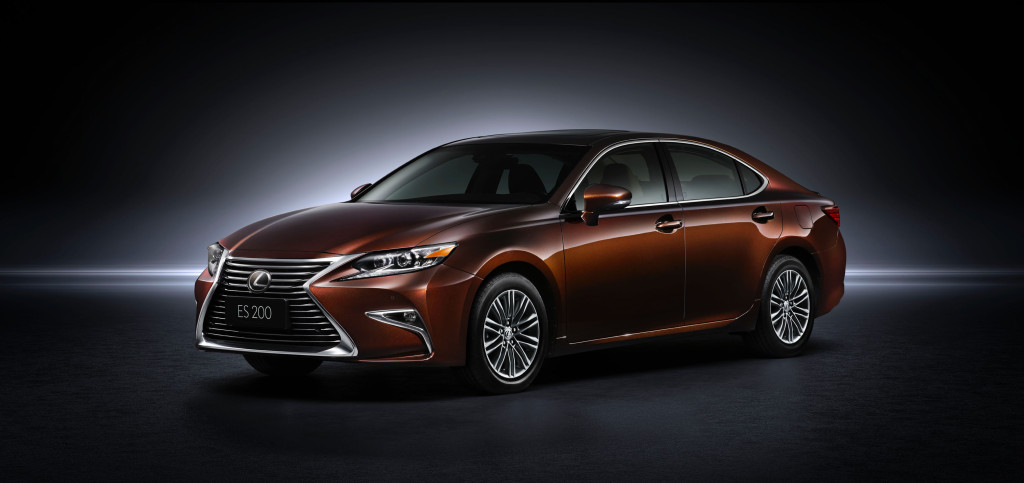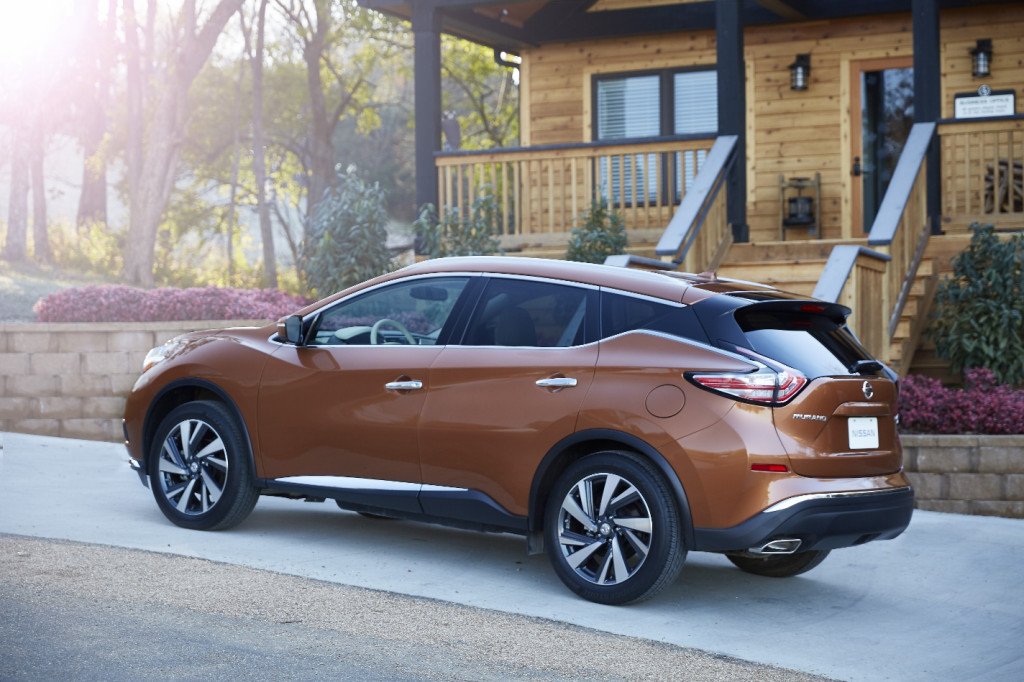A couple of recent bold car designs have been bothering me as of late, leaving me with a loose feeling of styling déjà vu.
The first design is the corporate SUPER GRILLE(!) of contemporary Lexus vehicles, what with its gaping proportions and pinched middle. The treatment was recently applied to the stalwart ES 350, giving the otherwise conservative sedan a dash of visual presence.
The other design is the new Nissan Murano, with its ultra-curvy flanks and unusually angled rear end architecture.
Where, oh where, had I seen these elements before?
Oh, yeah – in Chrysler Corporation’s awkward, identity-confused 1961 models. That year saw the company break free of the high-finned look that, while fresh and exciting when introduced in 1957, had become dated by 1960.
The Lexus grille brings to mind the jarring front of the 1961 Plymouth – a design that lasted one year and was compared to the face of an insect by some critics.
There’s much to look at in the Murano, but its rear haunches are strongly reminiscent of the 1961 Dodge and its odd, ‘reverse tailfin’ design.
Those concave body flares turned off buyers and even presented a safety risk to other motorists, thanks to the undersized, hard-to-spot taillights placed below them.

1961 Dodge Dart Seneca: a new (fin) direction. (Image via)
Like the Plymouth, the design of the ’61 Dodge didn’t live to see another calendar year. It was an awkward time for the Big Three automakers, each of whom was struggling to break free of the design direction of the past to bring to market a fresh, modern design for a new decade.
Some things don’t really change in business, and getting noticed is still paramount for automakers. It’s not surprising that some elements of the past have been resurrected, albeit unknowingly – after all, there’s only so many ways to bend sheet metal.


